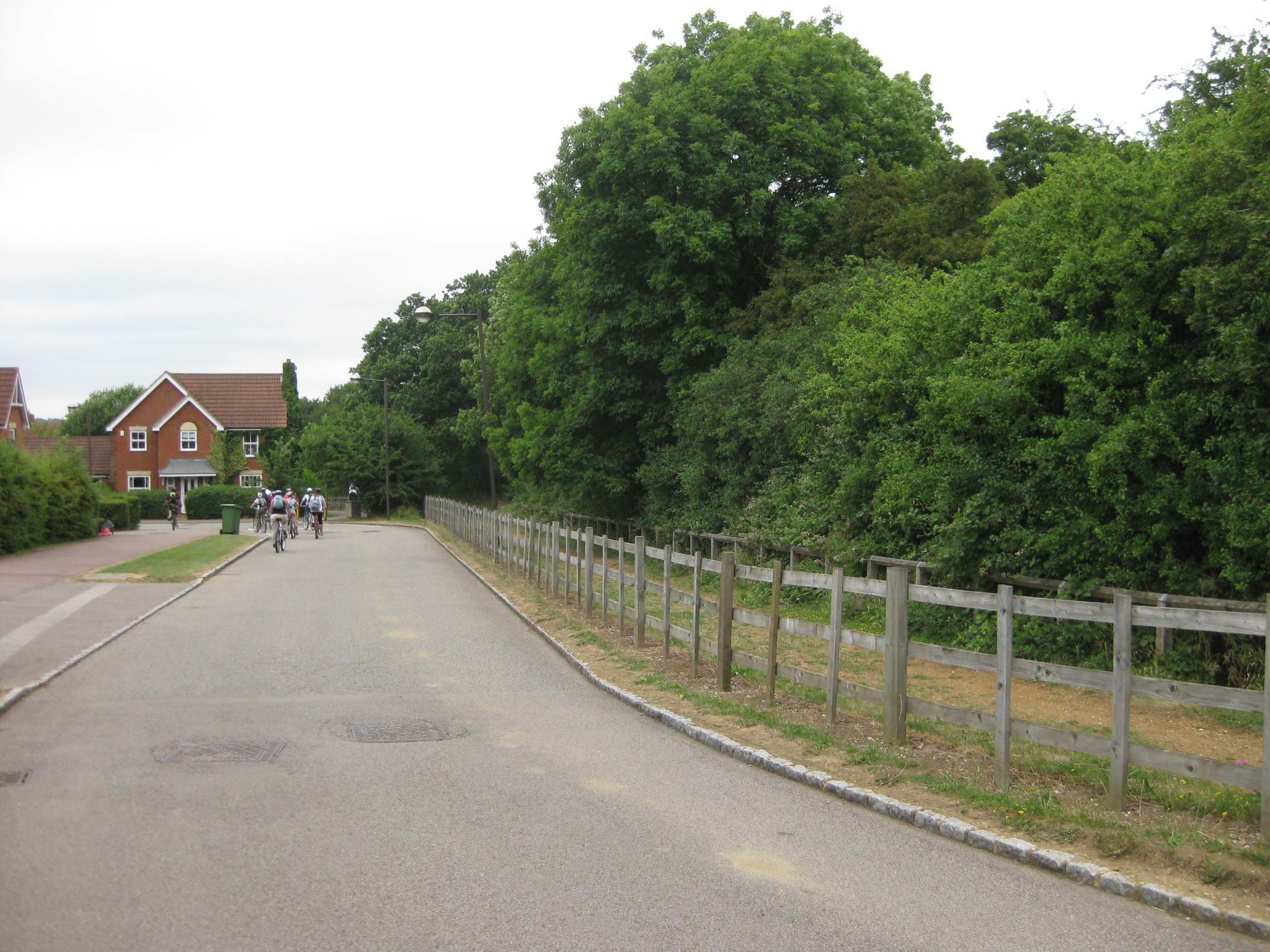House of Lords votes for increased protection of ancient woodland under the draft Environment Bill, including the provision of a 50m buffer
An amendment to the draft Environment Bill has been proposed in the House of Lords to increase the protection afforded to ancient woodland by introducing a new ‘standard’. The proposed amendment reads as follows:
Duty to implement an enhanced protection standard for ancient woodland in England
1) The Government must implement an enhanced protection standard for ancient woodland, hereafter referred to as the “ancient woodland standard” in England as set out in subsections (2), (3) and (4) and this must have immediate effect. (2) The ancient woodland standard must set out the steps necessary to prevent further loss of ancient woodland in England. (3) The ancient woodland standard commits the Government to adopting a standard of protection which must be a requirement for all companies, persons or organisations involved in developments affecting ancient woodlands in England. (4) This standard must be that any development that causes direct loss to ancient woodland or ancient woodland and ancient and veteran trees must be refused unless there are wholly exceptional reasons and, in addition, a suitable compensation strategy must be in place prior to development commencing, (b) any development adjacent to ancient woodland must incorporate a minimum 50-metre buffer to provide protection, reduce indirect damage and provide space for natural regeneration, (c) any ancient or veteran trees must be retained within a development site, including a root protection area and appropriate buffer zone. (5) This buffer zone must be whichever is greater of—(a) an area which is a radius of 15 times the diameter of the tree with no cap, or (b) 5 metres beyond the crown.
The proposal in essence seeks to enshrine into law the current protections afforded to ancient woodland under the NPPF which, in our view opens the door to the Courts being asked to identify what comprise ‘wholly exceptional reasons’.
Importantly the amendment also seeks to extend the buffer distance currently recommended in the Natural England / Forestry Commission Standing Advice in respect of ancient woodland from a minimum 15m to 50m. This has two key implications:
- Current sites or allocations on foot in the planning system located adjacent to ancient woodland may see their developable area reduced significantly;
- It is likely to remove much needed flexibility in relation to buffers, which is currently afforded due to the status of the need for a buffer as ‘advice’ or a ‘recommendation’. By passing this into statue it would appear flexibility as to the appropriateness and size of a buffer may be removed which may have nonsensicle implications in a variety of scenarios, such as where effects do not demand a buffer or where an existing development footprint may be present or where ancient woodland loss is required and no buffer can be provided.
Our view is that the requirement for a buffer, as currently set out in Standing Advice, is appropriate.
Lastly, we note the amendment proposes these matters come into ‘immediate effect’, rather than presumably be subject to a two year transitionary period as per the majority of the Bill.
The Bill has now returned to the Commons for its Third Reading where this amendment will either be accepted or rejected.
**UPDATE** 20 October 2021 – the government has voted to reject the proposed Lords amendment to the Environment Bill in respect of ancient woodland. In its place the government has committed to a review of the NPPF and the strengthening of protections afforded to ancient woodland within it. In addition, the government will update the Town and Country Planning (Consultation) (England) Direction 2021 so that local planning authorities must consult the Secretary of State if they want to grant planning permission for developments affecting ancient woodland e.g. in an analogous way to the procedure which protects playing fields from development.
Follow Aspect Ecology on LinkedIn for all our latest news LinkedIn Page


